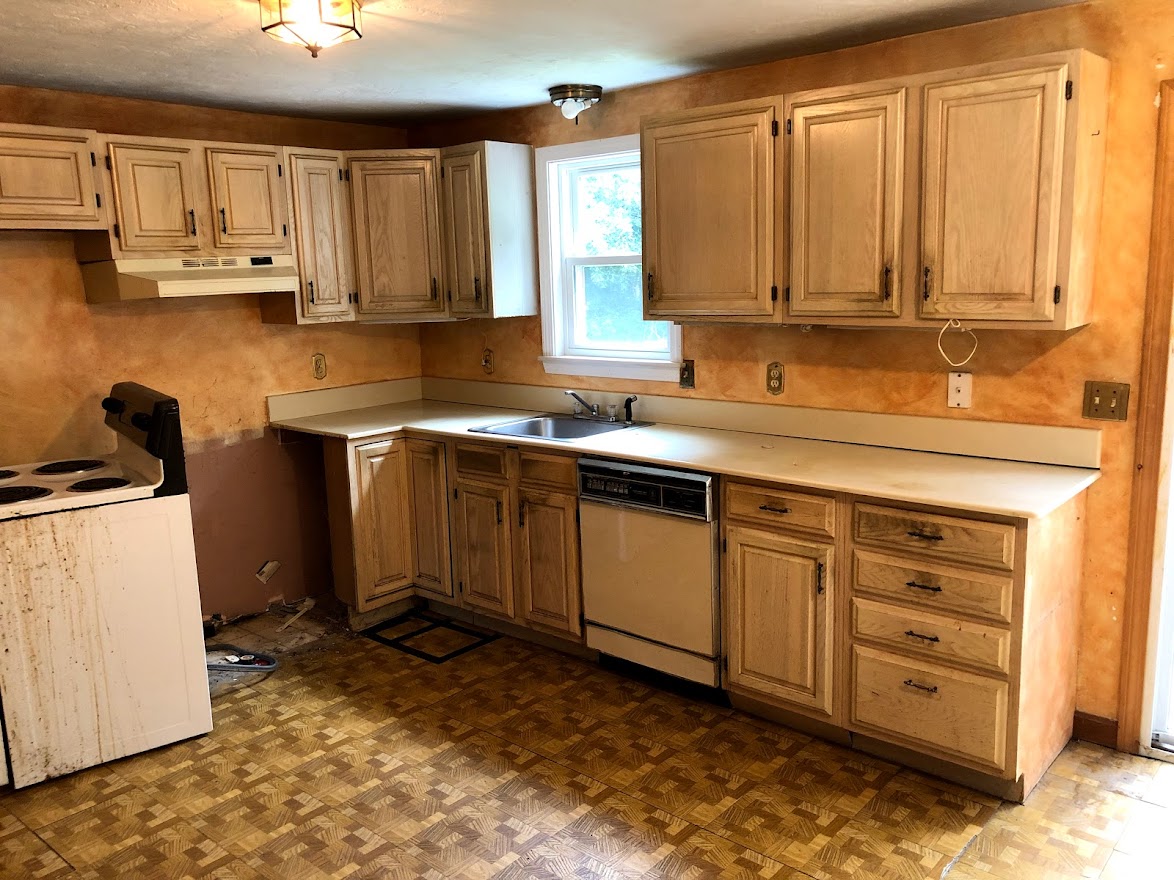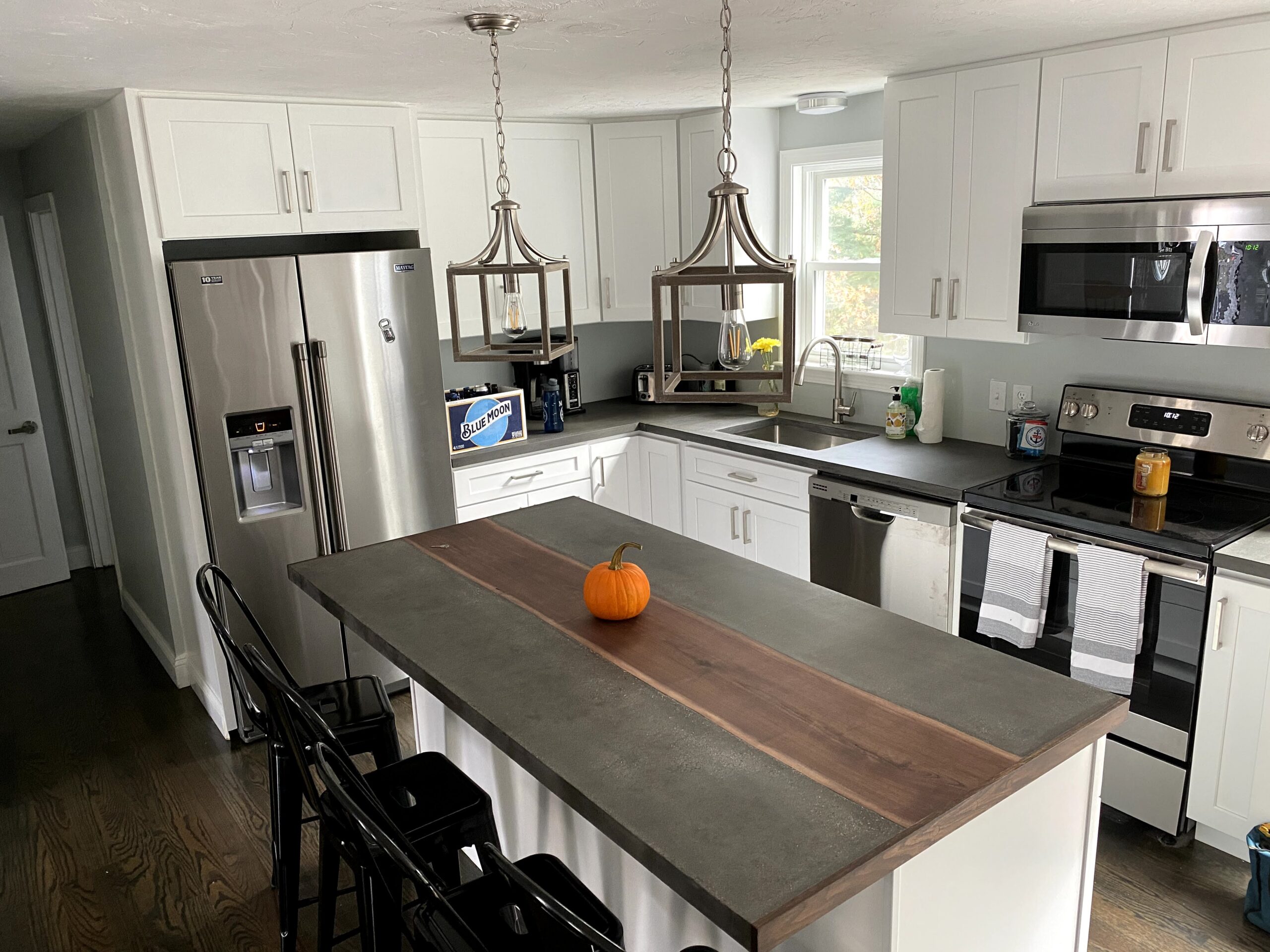
We are specialists in the construction of unique and exclusive properties. Our work inspires. We pride ourselves on delivering outstanding quality and design for leading clients across the world.
Residential Location
16 Edgewood Cir
Quincy MA 02169
857 939 1304
tonycustomhome@gmail.com
Monday – Friday: 9:00 AM – 6:00 PM
Saturday – Sunday: 9:00 AM – 12:00 PM


